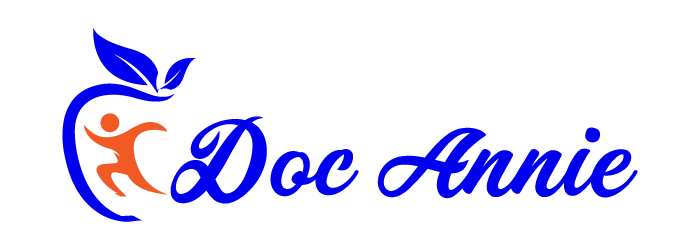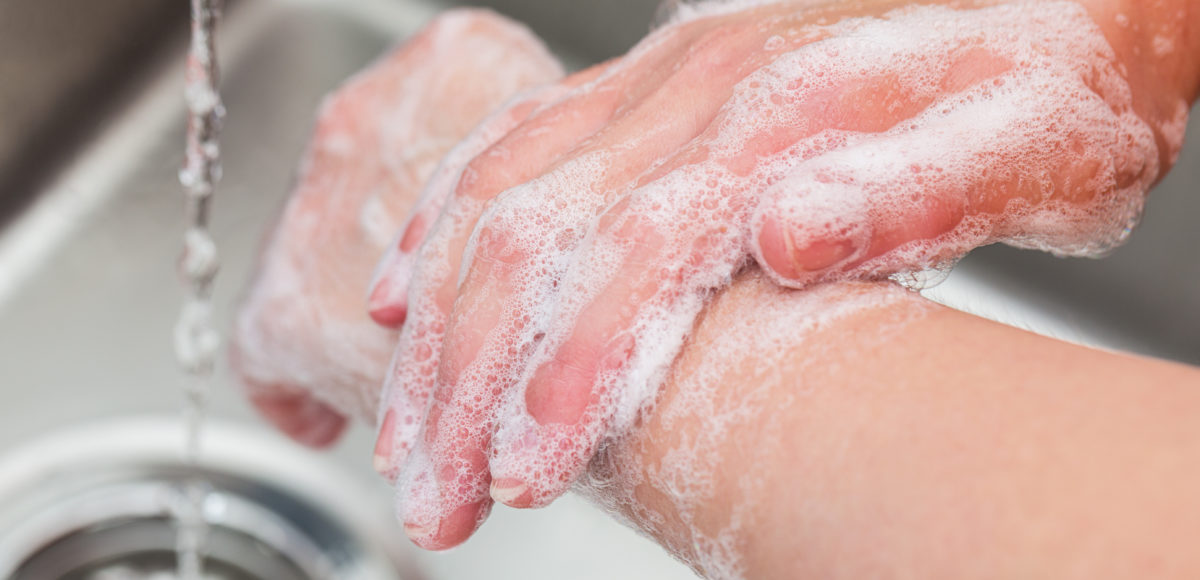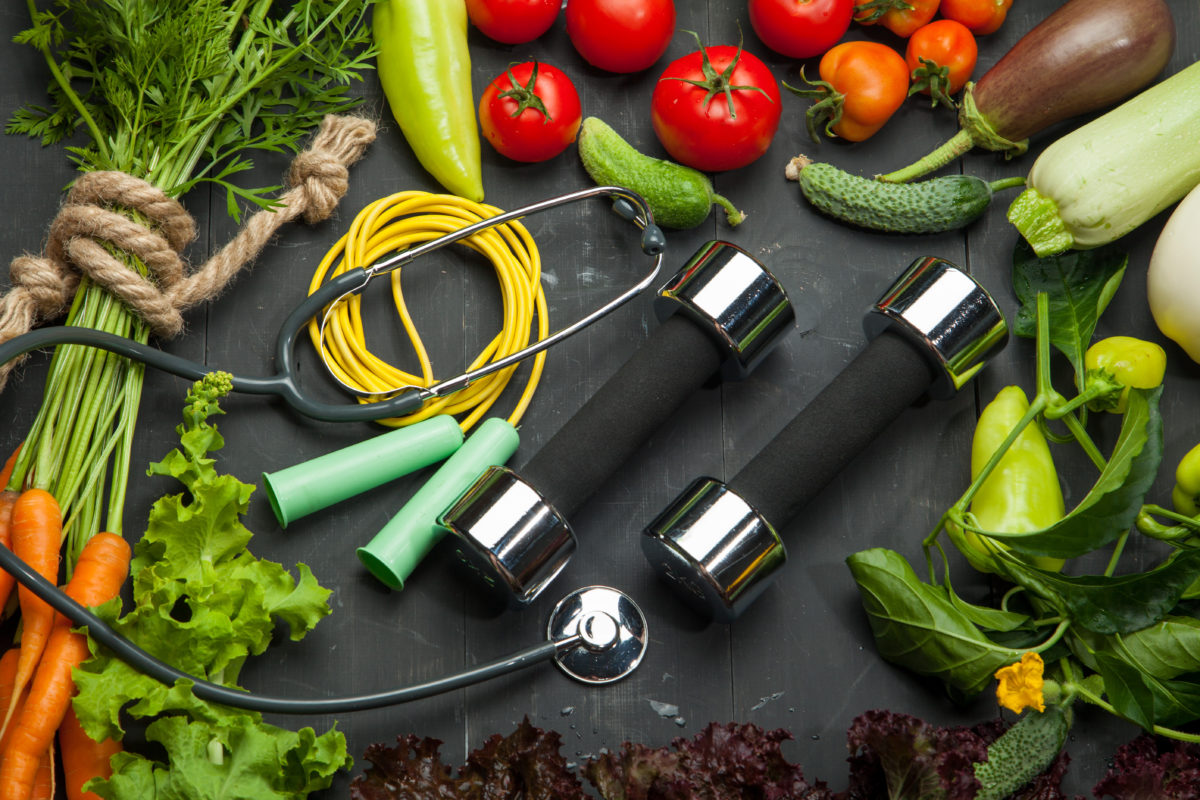Just in time for the peak of flu season, it’s National Handwashing Week!
This back-to-basics week helps kids and the adults remember the importance of washing their hands. During this week, kids are learning how to take steps toward achieving cleanliness in a fun way, and it’s a good reminder for the rest of us, too! It might seem like a simple thing, but it can go a long way in preventing the spread of sickness and germs!
Proper handwashing is a way to promote better hygiene and reduce respiratory illnesses, especially in children and with the elderly. Washing your hands is easy, and it’s one of the most effective ways to prevent the spread of germs.
Let’s review the BASICS:
The 4 Principles of Hand Awareness were endorsed by the American Medical Association and American Academy of Family Physicians in 2001.
- Wash your hands when they are dirty and before eating.
- Do not cough into hands.
- Do not sneeze into hands.
- Above all, do not put your fingers in your eyes, nose, or mouth!
Good handwashing involves five simple and effective steps:
- WET
- LATHER
- SCRUB
- RINSE
- DRY
When is it especially important to wash your hands?
- Before preparing a meal
- After touching an animal
- Before eating
- After using the bathroom, changing diapers
- After blowing your nose, coughing, or sneezing
- After touching garbage
How about a hand sanitizer, such as Purell?
According to the CDC, alcohol-based hand sanitizers don’t kill ALL types of germs, such as a stomach bug called norovirus, some parasites, and Clostridium difficile, which causes severe diarrhea. Hand sanitizers also may not remove harmful chemicals, such as pesticides and heavy metals like lead. Handwashing reduces the amounts of all types of germs, pesticides, and metals on hands.
So, opting for handwashing is best, but if you’re in a pinch, use an alcohol-based hand sanitizer that contains at least 60% alcohol.
 English
English French
French German
German



